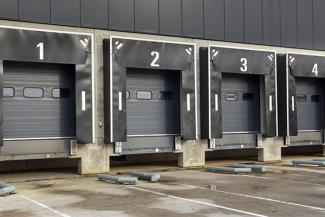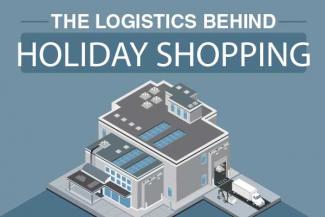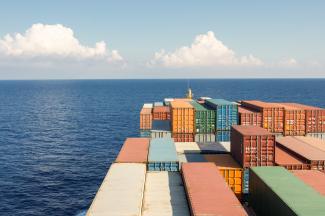Are These Supply Chain Issues Keeping You Up at Night?
Complete Guide to Issuing an RFP
Using a Pool Distribution Strategy to Optimize Your Supply Chain
How to Prepare for Supply Chain Disruptions
Benefits of an Efficient Reverse Logistics Process
Optimizing your company’s reverse logistics system
What happens to your products after the point of sale? Are they easily returned if they’re faulty, recyclable if they’ve reached end-of-life, or able to be repaired? If the answer to these questions isn’t known, or the process to make those events happen isn’t well-defined, your reverse logistics system may not be operating at peak efficiency. Take a look at the benefits of an optimized approach, and get tips for improving your processes.
How Consolidated Shipping Helps Improve Supply Chains
Why shippers should consider consolidating freight
Consumer buying behavior has changed. As the convenience of ordering products online continues to increase, expectations for faster deliveries increase, too. Customers are no longer willing to wait weeks to receive deliveries or pay high shipping fees. Instead, the growth of e-commerce has led to customers asking for same-day and next-day delivery at the lowest possible rate. So, how can shippers keep up with this frenzy of ordering and ever-increasing demand, all while keeping customers happy? By consolidating shipments.
Retail Logistics: Preparing for the Holidays
How holiday shopping affects retail supply chain
With a combined consumer spend of over $650 billion in November and December 2016 alone, it’s no surprise that many companies focus on plans to meet the demands of holiday shoppers year-round. The ten busiest shopping days of the year fall in the fourth quarter, which means the work to ensure shelves are stocked has to happen well in advance of the holiday shopping season.
Recovery Resources for Delayed Freight
Hanjin bankruptcy causing shipment delays
Have you been notified that your ocean shipment is delayed? If so, it’s quite possible that it’s sailing on a Hanjin ship. Hanjin Shipping Co. Ltd, the world’s seventh-largest container carrier, filed a court proceeding in Korea seeking to be placed into receivership on August 31, resulting in $14 billion in stranded cargo around the world, according to various media reports. The company’s vessels have been seized at ports or stranded at sea because of an inability to pay required fees.










